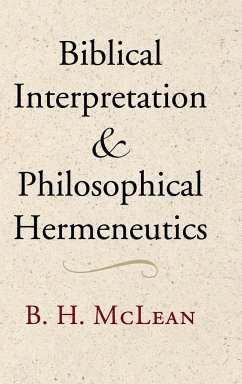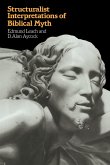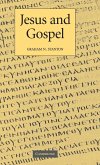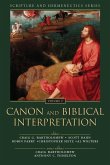This book applies philosophical hermeneutics to biblical studies. Whereas traditional studies of the Bible limit their analysis to the exploration of the texts' original historical sense, this book discusses how to move beyond these issues to a consideration of biblical texts' existential significance for the present. In response to the rejection of biblical significance in the late nineteenth century and the accompanying crisis of nihilism, B. H. McLean argues that the philosophical thought of Heidegger, Bultmann, Gadamer, Habermas, Ricoeur, Levinas, Deleuze and Guattari provides an alternative to historically oriented approaches to biblical interpretation. He uses basic principles drawn from these philosophers' writings to create a framework for a new 'post-historical' mode of hermeneutic inquiry that transcends the subject-based epistemological structure of historical positivism.
Bitte wählen Sie Ihr Anliegen aus.
Rechnungen
Retourenschein anfordern
Bestellstatus
Storno









